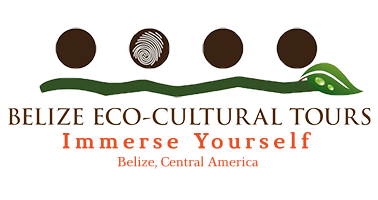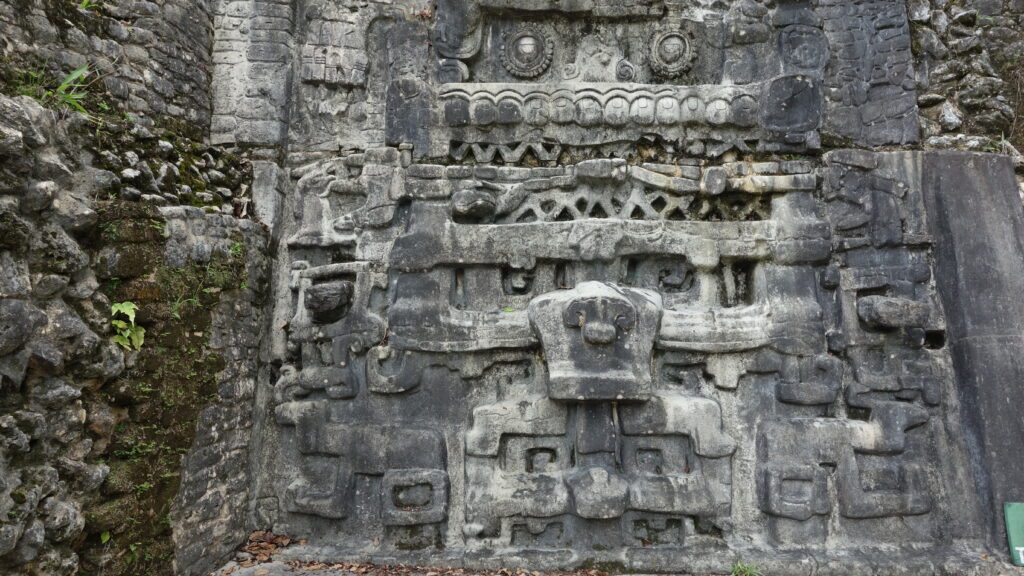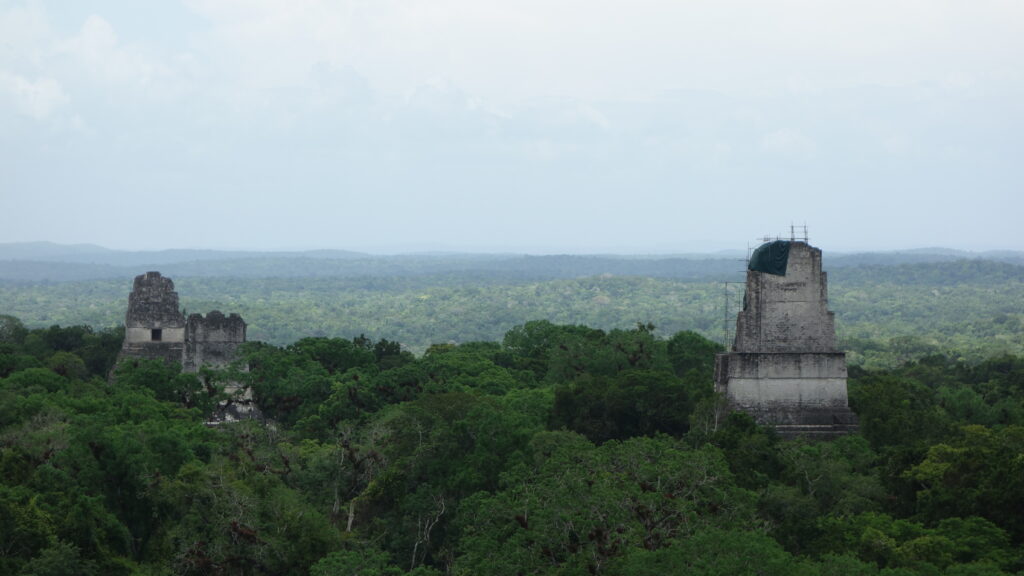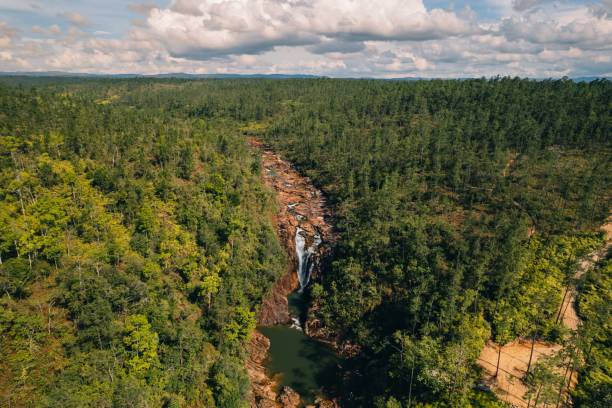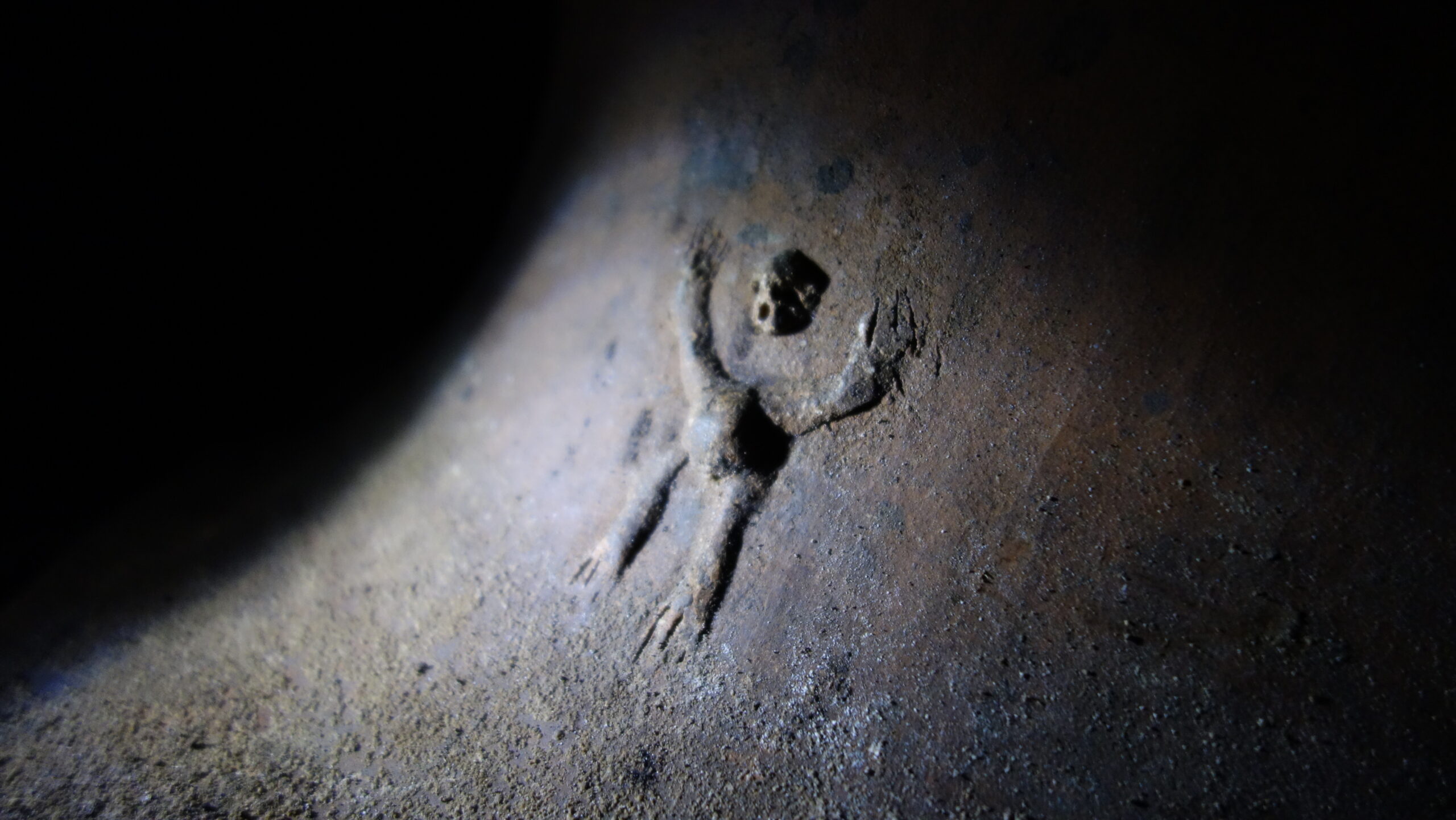
SACRED SPACE, HOLY TIME
They created in a jungle:
The ancient Maya civilization was highly advanced and flourished in Mesoamerica for more than 2,000 years. The Maya were renowned for their astronomical knowledge, architecture, mathematics, and artwork. One of the most intriguing aspects of Maya culture was their concept of sacred space and holy time.
Sacred Space
The Maya believed that certain places had a unique spiritual energy and were considered sacred. They created temples, pyramids, and other monumental architecture in these places to harness this energy and enable their spiritual connection to the divine. One of the important examples of sacred space in Maya culture are Caracol and Tikal. These sites are stunning architectural marvels, featuring massive stepped pyramids, grand ball courts, temples, and great plazas – a city square used as markets and for gatherings. The Maya also placed a great emphasis on natural features like caves and, which they believed served as portals to the spiritual realm.
Holy Time
For the Maya, time was cyclical and repetitive, and each day had a unique spiritual significance. They had two different calendars – one for religious ceremonies and one for agriculture. The religious calendar consisted of 260 days, which they called the Tzolkin. Each day was associated with a specific god and had a ritual significance. The agricultural calendar was based on the solar year and consisted of 365 days. It was divided into 18 months, with the first month dedicated to planting and the last month dedicated to harvesting. The Maya believed that their activities during these sacred times would impact their future and help them connect with the divine.
The Maya’s concept of sacred space and holy time played a significant role in their culture and spirituality. It allowed them to cultivate a deep connection with nature and the divine. Their reverence for these sacred places and times is something that continues to inspire awe and wonder in people today. The Maya civilization may be ancient, but their legacy lives on and continues to fascinate researchers and visitors alike.
